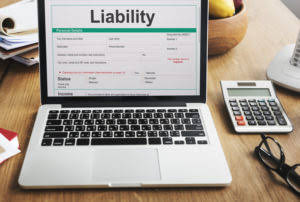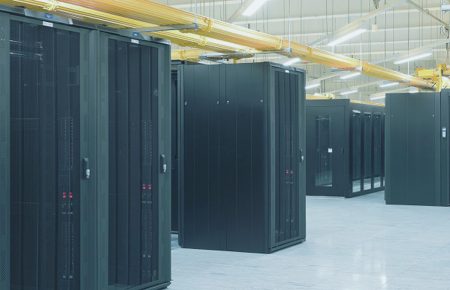
For some investors and for some circumstances, illiquid assets actually hold an advantage over liquid assets. If a company or individual can sacrifice liquidity, it may generate higher returns from the asset. Some of these may include prepaid expenses that haven’t been used up yet, such as advertising and insurance, the amount of a business sale price above its tangible assets, called goodwill, and land https://www.bookstime.com/articles/accounting-and-bookkeeping-services improvements. Inventory is less liquid than accounts receivable because the product must first be sold before it generates cash (either through a cash sale or sale on account). Inventory is, however, more liquid than land or buildings because, under most circumstances, it is easier and quicker for a business to find someone to purchase its goods than it is to find a buyer for land or buildings.
Diversified funds like CVC Capital Partners ($29 billion) and Clayton, Dubilier & Rice ($26 billion) dominated the top 20. As long as they have reasonable confidence in what’s coming, they’ll find a way to make a good deal work. But confidence was the first casualty when the Fed jacked rates at the fastest pace since the 1980s, leaving the industry gasping for air. It took the worst blows of the global financial crisis and came out even stronger. While the sharp drop-off in deal activity in late 2022 and into 2023 echoes the period following the 2008–09 global financial crisis (GFC), the situation the industry faces today is largely unprecedented.
Why Is Liquidity Important in Financial Markets?
This includes cash in the bank, money that customers owe (accounts receivable), goods ready to be sold (inventory), and other investments that can be easily offloaded. Current assets are a company’s quick cash reserve, ready to cover short-term bills or expenses. Current assets indicate a company’s ability to pay its short-term obligations. They are an important factor in liquidity ratios, such as the quick ratio, cash ratio, and current ratio.

Fundamentally, all liquidity ratios measure a firm’s ability to cover short-term obligations by dividing current assets by current liabilities (CL). The cash ratio looks at only the cash on hand divided by CL, while the quick ratio adds in cash equivalents (like money market holdings) as well as marketable securities and accounts receivable. The current ratio (also known as working capital ratio) measures the liquidity of a company and is calculated by dividing its current assets by its current liabilities. The term current refers to short-term assets or liabilities that are consumed (assets) and paid off (liabilities) is less than one year. The current ratio is used to provide a company’s ability to pay back its liabilities (debt and accounts payable) with its assets (cash, marketable securities, inventory, and accounts receivable). Of course, industry standards vary, but a company should ideally have a ratio greater than 1, meaning they have more current assets to current liabilities.
Example of Financial Liquidity
There are several ratios that measure accounting liquidity, which differ in how strictly they define liquid assets. Analysts and investors use these to identify companies with strong liquidity. Yes, cash is a current asset, as are “cash equivalents” or things that can quickly be converted into cash, like short-term bonds and investments and foreign currency. For reporting the financial health of a business, few reports are as essential as the balance sheet. Since balance sheets are often used to assess how a company operates compared with others or with its own past periods, accountants prepare balance sheets using generally accepted procedures. Business assets are usually reported by account classifications in order of liquidity, beginning with cash.
- The reason these are among the most liquid assets is that these assets will be turned into cash more quickly than land or buildings, for example.
- Liquidity for companies typically refers to a company’s ability to use its current assets to meet its current or short-term liabilities.
- This company would be unable to pay its $10,000 rent expense without having to part ways with some fixed assets.
- As long as they have reasonable confidence in what’s coming, they’ll find a way to make a good deal work.
- Adam received his master’s in economics from The New School for Social Research and his Ph.D. from the University of Wisconsin-Madison in sociology.
The time required to complete an operating cycle depends upon the nature of
the business. It is conceivable that almost all of the assets that are used
to conduct your business, such as buildings, machinery, and equipment, can be
converted into cash within the time required to complete an operating cycle. However, your current assets are only those that will be converted into cash
within the normal course of your business.
Quick Ratio (Acid-Test Ratio)
By definition, assets in the Current Assets account are cash or can be quickly converted to cash. Cash equivalents are certificates of deposit, money market funds, short-term government bonds, and treasury bills. Publicly-owned companies must adhere to generally accepted accounting principles and order of liquidity reporting procedures. Following these principles and practices, financial statements must be generated with specific line items that create transparency for interested parties. One of these statements is the balance sheet, which lists a company’s assets, liabilities, and shareholders’ equity.








